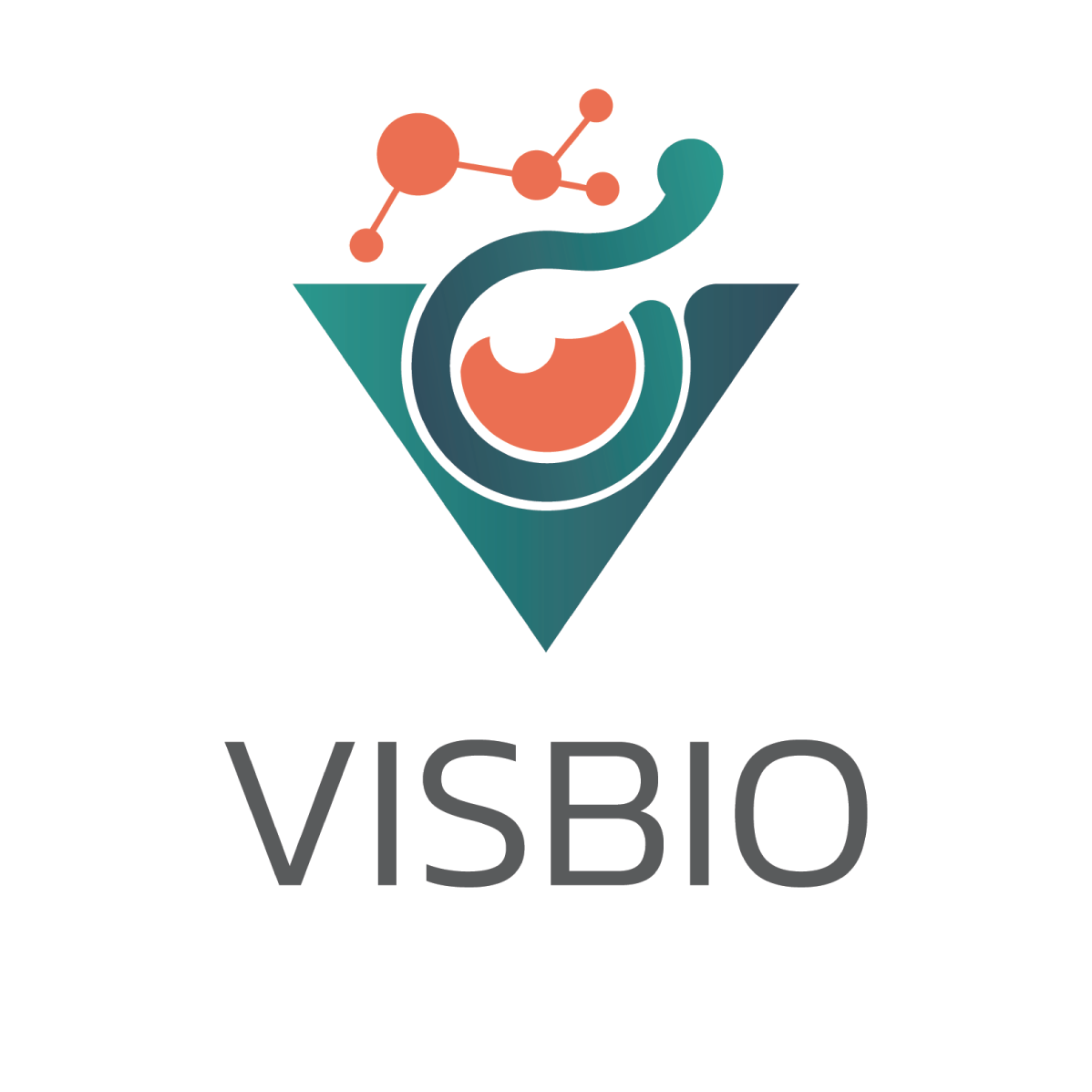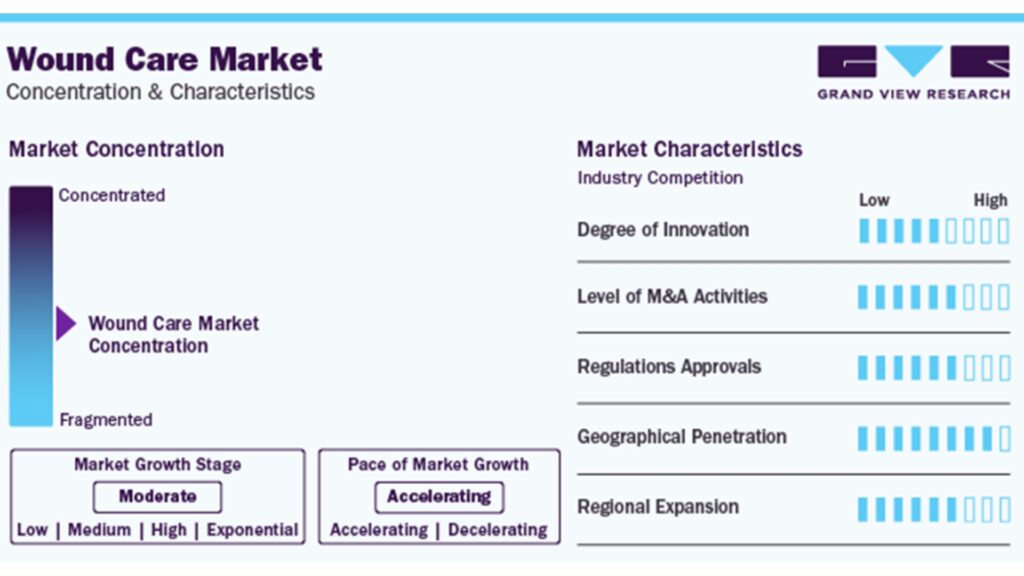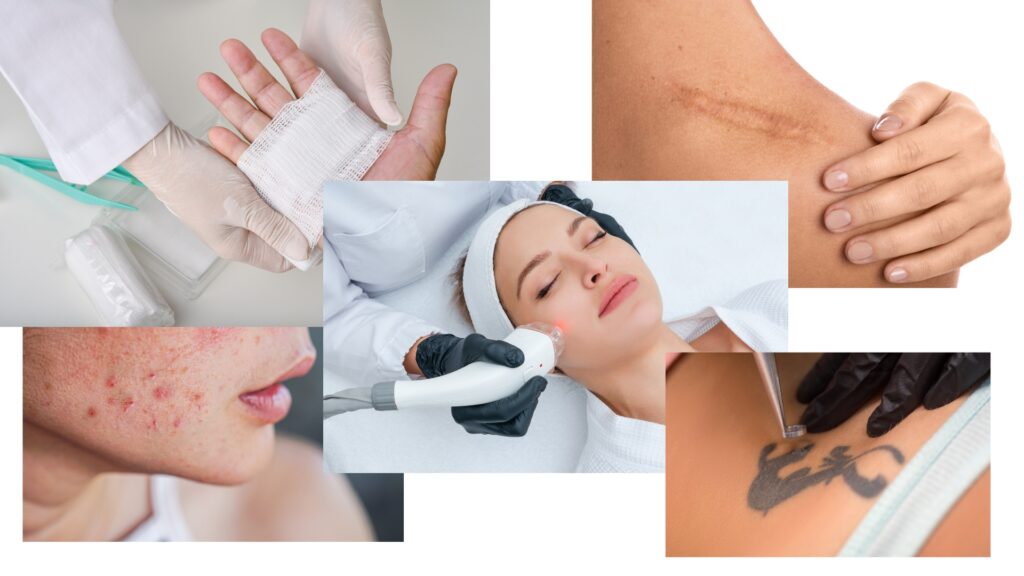
Information on Wound Healing Cosmetic Efficacy Product Testing
The cosmetics industry is currently facing unprecedented fierce competition. Consumers are becoming more knowledgeable and aware of product ingredients and efficacy, prompting brand owners and manufacturers to accelerate the development of products that are not only high quality but also demonstrably effective with credible scientific evidence.
One product category that has garnered significant attention is wound-healing cosmetics, including wound healing creams, gels, and ointments. These products are sought after by various consumer groups, including those with sensitive skin, those seeking post-procedure skin recovery, and those wanting to reduce the appearance of scars.
To ensure that these wound-healing cosmetic products truly meet consumer needs and differentiate themselves in the highly competitive market, product testing for wound healing efficacy is a crucial step that cannot be overlooked.
Wound Healing Cosmetic Market Trends
The global wound care market was valued at USD 22.25 billion in 2023 and is expected to grow at a compound annual growth rate (CAGR) of 4.17% from 2024 to 2030. The demand for wound care products is increasing due to the rising number of surgeries and the prevalence of chronic diseases like diabetes caused by sedentary lifestyles. There are 37.3 million diabetic patients in the United States, and 96 million adults have prediabetes.
Burn injuries are also a significant factor contributing to market growth. Data from the WHO and American Burn Association indicate that burn injuries cause approximately 180,000 deaths annually worldwide, and in the United States, there are about 486,000 burn injuries requiring medical treatment each year.
The rise of Ambulatory Surgical Centers (ASCs) is another factor stimulating market growth, as ASCs offer a variety of cost-effective services such as pain management surgery, urological surgery, and gastrointestinal surgery.
Meanwhile, the demand for skin repair products is also growing, especially among consumers who are conscious of their skin health and seek products that can help restore and nourish the skin after irritation, procedures, or even scarring.
Key factors driving the growth of this market include:
- Increasing Consumer Demand: Consumers today are more aware of the importance of skincare and are looking for products that can help restore and maintain healthy skin.
- Technological Advancements: New technologies enable the development of ingredients and product formulas with improved wound healing efficacy, such as the use of natural extracts with anti-inflammatory properties and collagen-stimulating effects.
- Rise of Aesthetic Procedures: Procedures like laser treatments, chemical peels, or filler injections increase the demand for wound healing products to help reduce irritation and promote skin recovery after procedures.
Wound Healing Cosmetic Products
Wound healing cosmetic products come in various forms, such as creams, gels, ointments, serums, and facial sheet masks. They contain key ingredients that promote wound healing, including:
- Natural Extracts: Such as aloe vera, centella asiatica, honey, and onion extract, which have anti-inflammatory, antibacterial, and collagen-stimulating properties.
- Vitamins: Such as vitamin C, vitamin E, and vitamin B5, which help reduce inflammation and fight free radicals.
- Peptides: Help stimulate the production of collagen and elastin, essential proteins for skin structure.
- Antioxidants: Help protect the skin from free radicals that cause wrinkles and skin damage.
Challenges in Developing Wound Healing Cosmetic Products
Developing highly effective wound healing cosmetic products is challenging due to various factors that need consideration, such as the type of wound, the user’s skin condition, and the safety of the ingredients. Product testing is therefore crucial in:
- Proving Product Efficacy: Testing ensures that your product is effective in wound healing as advertised.
- Building Brand Credibility: Products that have been tested and proven effective help build credibility for your brand.
- Meeting Consumer Needs: Most consumers look for products with scientific evidence to support their claims.
To meet the needs of manufacturers, cosmetic brand owners, and researchers focused on developing wound healing products, VISBIO Co., Ltd. offers the following tests:
Wound Healing Efficacy Test
The effectiveness of wound healing cosmetic products can be tested by assessing wound healing or fibroblast generation. This test allows us to evaluate how well the product can stimulate new cell growth and skin regeneration, providing crucial information for developing highly effective products.
Click [here] to read more about our Wound Healing Efficacy Test service.
Anti-Inflammation Test
The anti-inflammation test is another important method to evaluate the effectiveness of wound healing cosmetic products. This test can be done by measuring Nitric Oxide, a substance involved in the inflammatory process. Reducing Nitric Oxide production can help reduce inflammation and promote wound healing.
Click [here] to read more about our Anti-Inflammation Test service.
In addition to laboratory testing, VISBIO Co., Ltd. has a team of experts in clinical testing, conducting efficacy or irritation tests of cosmetic products on volunteers. If cosmetic manufacturers or brand owners are interested in clinical testing services, they can inquire for more details through our Line Official. We are ready to provide consultation and plan testing for your products.
Contact Us for Wound Healing Cosmetic Product Testing Services
VISBIO Co., Ltd. is committed to providing wound healing cosmetic product testing services at the laboratory level to meet the demands of today’s highly competitive market and increasing consumer expectations. We have developed comprehensive testing packages to ensure that products tested in our laboratory are certified for their genuine effectiveness. With our team of experts, we are ready to be your trusted partner in developing and enhancing the value of your cosmetic products.
If you would like further advice on cosmetic product testing services from our experts, you can submit your request or product details for our team to assess. We can also schedule a meeting to explain the various tests suitable for your product through our company’s contact channels.
Click [here] to contact us.
Literature:
- Statista. (2023). Skin care – Worldwide.
- Mintel. (2022). The Future of Facial Skincare.
- Grand View Research. (2021). Wound Care Market Size, Share & Trends Analysis Report By Product (Traditional, Advanced), By Wound Type (Acute, Chronic), By End Use (Hospitals, Clinics), By Region, And Segment Forecasts, 2021 – 2028.
- Allied Market Research. (2020). Wound Care Market by Product Type (Advanced Wound Care Products and Traditional Wound Care Products), Wound Type (Acute Wounds and Chronic Wounds), and End User (Hospitals, Clinics, Community Healthcare, Home Healthcare, and Others): Global Opportunity Analysis and Industry Forecast, 2020–2027.





